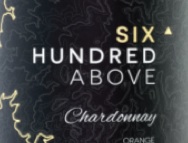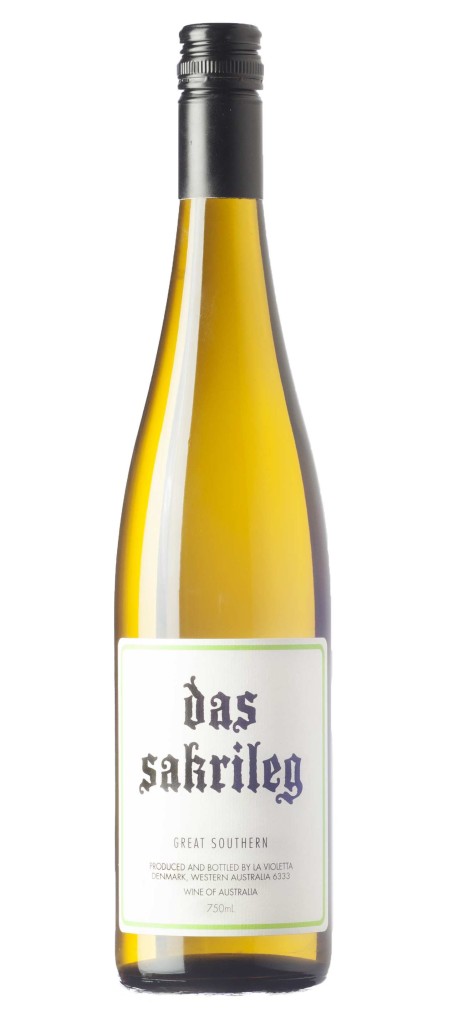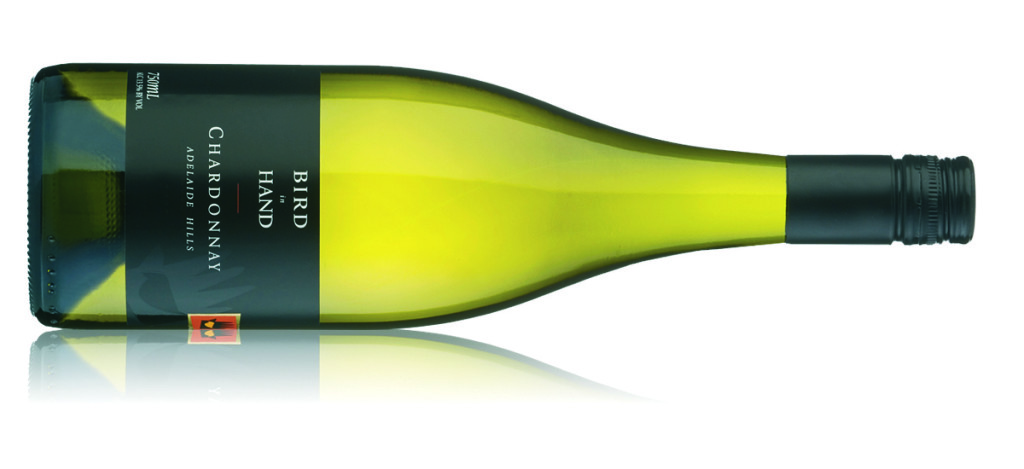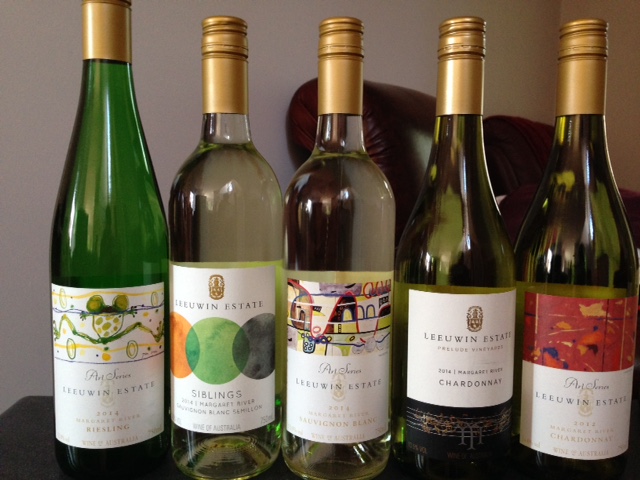New Release – May 2016
Barry Weinman: 21th May 2016
Everyone loves a bargain; a wine that punches above its weight. A wine that drinks like a more expensive example. The good news for the bargain hunters is that Angove has hit the jackpot with its Long Row Cabernet.
I am not recommending this because it is cheap. This is a wine that drinks very well regardless of its price. A wine that I am happy to recommend to anyone who is looking for an uncomplicated red wine for that glass of wine mid-week, or to share with friends round a BBQ. That it will be available for under $10 makes it one of the wine-bargain of the year. (Dan Murphy has it for under $8).
The panel was unanimous in its praise for this wine. You could have heard a pin drop when the wine was unveiled; such was our amazement at the value being offered. I will be putting some in my cellar!
The Drayton’s Verdelho also caused quite a stir. This is a wine that offering so much more than a cheap NZ Sauvignon Blanc, yet Cellarmasters were selling it for $8.25. They have just switched over to the 2015 vintage, but if it is anything like the 2014, it will be a brilliant buy,
The Fume Blanc from Singlefile caused plenty of discussion. True to style, the (quality) oak stamps its presence on the palate, but at this early stage, it comes at the expense of fruit expression. I am sure that a few years in bottle will see this come into its own, and the $30 price tag seems very reasonable.
The SSB and Pinot Gris on the other hand, will be drinking a treat over the next year or two, and made the review below.
Reviewed
Angove – Chardonnay – Long Row – 2015 (16.2pts – $10). Smells like a proper Chardonnay, with quite ripe stonefruit characters. The palate has gentle creamy notes, hints of honey, musk and even a touch of minerality. The finish is clean and neutral, with a textural component that will work well with food. This is not a great wine by any means, but it is a good value quaff and great value for those on a tight budget. Drayton’s – Verdelho – Bellevue – 2014 (17pts – $9). Melon and citrus notes evolve on the nose. The palate is fresh and lively, with crunchy pear characters and well-judged acidity. The palate transition works very well and the length is noteworthy. Will accompany grilled squid or paella perfectly. (Cellarmasters has the 2015 for $8.25).
Drayton’s – Verdelho – Bellevue – 2014 (17pts – $9). Melon and citrus notes evolve on the nose. The palate is fresh and lively, with crunchy pear characters and well-judged acidity. The palate transition works very well and the length is noteworthy. Will accompany grilled squid or paella perfectly. (Cellarmasters has the 2015 for $8.25).
Singlefile – Pinot Gris – Pemberton – 2015 (17.5pts – $30). Very pale colour. Lovely floral fruit on the nose with pear and apple. The palate has excellent mouth-feel and texture, the fruit has hints of citrus and white peach. The slight phenolic grip, combined with fine acidity gives the finish drive and length.
Singlefile – Semillon/Sauvignon Blanc – Denmark – 2015 (17.5pts – $25). Enticing nose, with lantana, gooseberry, cumquat and musk. The palate is zesty, yet quite restrained, with the tropical fruit notes continuing on a very long palate. A smart wine indeed. Angove – Cabernet Sauvignon – Long Row – 2014. (17 – 17.5pts – $10). Whilst the origin of the fruit is not listed, this displays quite cool red fruits, with touches of herbs and mint. That said, there is clear varietal expression. The palate is mid weight and balanced, with fresh berry fruits combined with a herbal edge. A touch of cedar adds complexity, whilst the mouth-feel is supple and the length good. Surprising quality. A brilliant value dry red.
Angove – Cabernet Sauvignon – Long Row – 2014. (17 – 17.5pts – $10). Whilst the origin of the fruit is not listed, this displays quite cool red fruits, with touches of herbs and mint. That said, there is clear varietal expression. The palate is mid weight and balanced, with fresh berry fruits combined with a herbal edge. A touch of cedar adds complexity, whilst the mouth-feel is supple and the length good. Surprising quality. A brilliant value dry red.
Howard Park – Cabernet Sauvignon – Abercrombie – 2013 (18.5+pts – $130). Whilst only medium bodied, there is amazing concentration to the fruit, with blackcurrant, cassis, menthol and a touch of fresh herbs. The palate is firm and structured, reminding me of fine Bordeaux. The length and persistence are exceptional. The cedary/vanillin oak and fine tannins shut down the fruit somewhat, put the potential is obvious. Needs ten years to hit its straps, and twenty would see this in its prime. Remarkable wine, but be patient.










